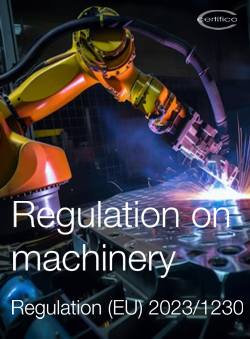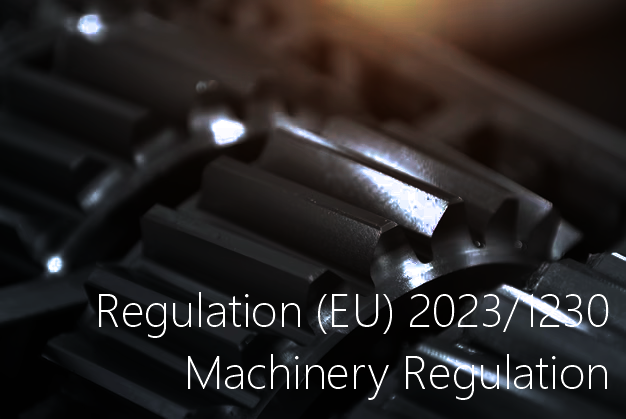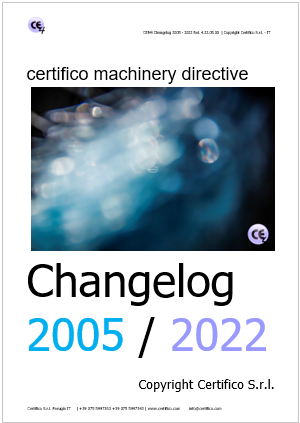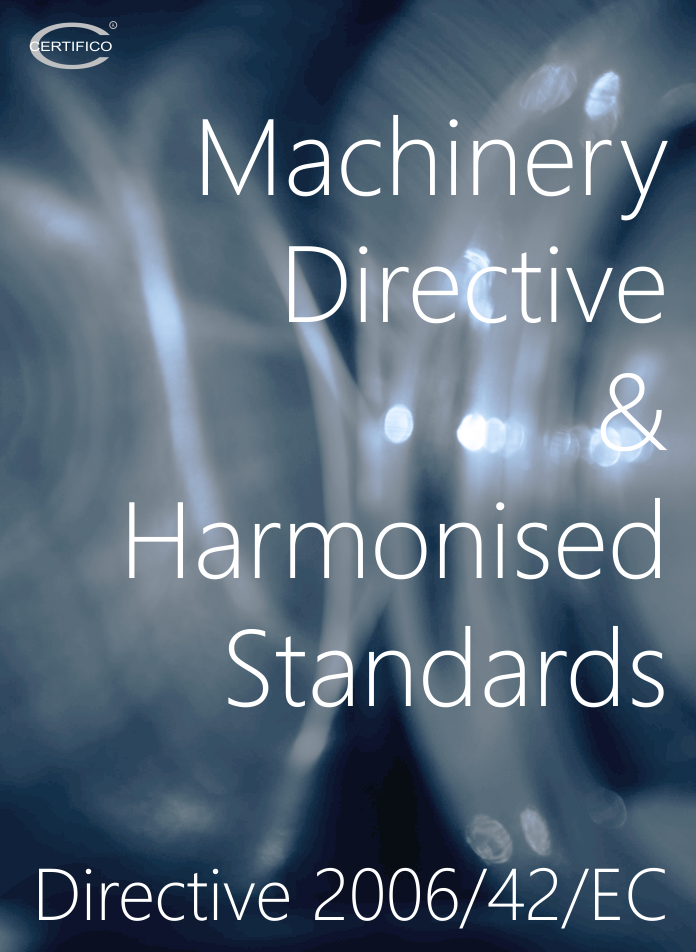EN ISO 13849-1:2023 Allegato A - Guida per la determinazione del PL richiesto
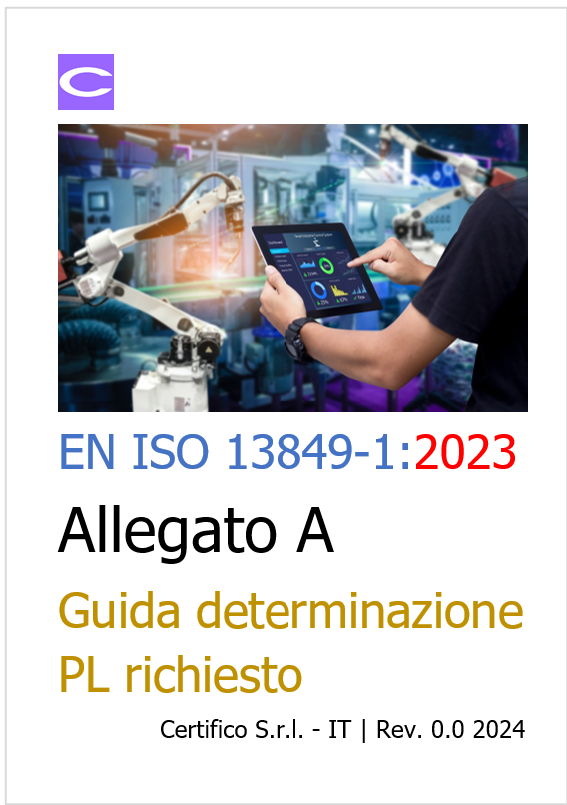
EN ISO 13849-1:2023 Allegato A - Guida per la determinazione del PL richiesto (PLr)
Con la nuova EN ISO 13849-1:2023, non ancora armonizzata per la Direttiva 2006/42/CE, si illustra l'Allegato A sulla determinazione del PLr, allegato significativamente aggiornato rispetto a quello dell'Edizione 2015.
Se ne evidenziano brevemente le novità di cui a seguire.
_______
Nella precedente edizione la probabilità di evitare il pericolo e la probabilità che si verifichi un evento pericoloso erano entrambe combinate nel parametro P (vedi A.2.3).
Nella presente edizione, i parametri “possibilità di evitare il pericolo o di limitare il danno” (parametro P) e “probabilità che si verifichi un evento pericoloso” non vengono più accorpati. Difatti, il parametro “probabilità che si verifichi un evento pericoloso” è adesso solo menzionato e, a favore di sicurezza, è generalmente stimato come elevato (100%).
Nei casi in cui la valutazione risulti “bassa”, il PLr determinato tramite il grafico del rischio, può essere declassato di un livello ed in questo caso, la decisione deve essere giustificata e documentata.
Nella nuova edizione, il parametro P, viene determinato in base a cinque fattori, ovvero:
1. utilizzo della macchina da parte di persona esperta/non esperta
2. la velocità con cui si manifesta la situazione pericolosa
3. possibilità di evitare il pericolo in termini di spazio
4. percettibilità del pericolo (ad es. superficie calda/fredda, radiazioni non ionizzanti, ecc.)
5. complessità delle operazioni (interazione umana in termini di numero di operazioni e/o tempistiche disponibili per tali operazioni).
Nella Tabella A.1 viene illustrata la determinazione del Parametro P in base ai 5 fattori di cui sopra.
I fattori 2., 3. e 4. se hanno valori tali da rientrare nella colonna C (rischio alto) della Tabella A.1, sono sufficienti da soli a determinare l’assegnazione di P2 (ovvero scarsamente possibile evitare o limitare il danno).
Gli altri due fattori, ovvero 1. e 5., non rientrando nella colonna C (rischio alto) della Tabella A.1, giustificano la scelta di P2 unicamente se utilizzati in combinazione con altri fattori.
[...]
Annex A (informative)
Guidance for the determination of required performance level (PLr)
A.1 General

Key
1 starting point for evaluation of safety function’s contribution to risk reduction
L low contribution to risk reduction
H high contribution to risk reduction
PLr required performance level
Risk parameters:
S severity of injury
S1 slight (normally reversible injury)
S2 serious (normally irreversible injury or death)
F frequency and/or exposure times to hazard
F1 seldom-to-less-often and/or exposure time is short
F2 frequent-to-continuous and/or exposure time is long
P possibility of avoiding or limiting harm
P1 possible under specific conditions
P2 scarcely possible
Figure A.1 - Diagram for determining PLr for safety function
[...]
A.3.3 Possibility of avoiding or limiting harm, P1 and P2
It is important to know whether a hazardous event can be recognized before it can cause harm and be avoided. For example, can the exposure to a hazard be directly identified by its physical characteristics, or recognized only by technical means, e.g. indicators. Other important aspects which influence the selection of parameter P include, for example:
a) speed with which the hazardous situation arises (e.g. quickly or slowly);
b) possibilities to withdraw from the hazardous situation (e.g. avoidance by escaping);
c) practical safety experiences relating to the process;
d) whether operated by trained and suitable operators;
e) operated with or without supervision.
When a hazardous event occurs, P1 should only be selected if there is a realistic possibility of avoiding or significantly reducing harm. Otherwise, P2 should be selected.
One possibility to determine P is the following approach:
- determine the letter of each factor of the Table A.1 that reflects the specific application (only one choice for each factor is possible);
- count the number of chosen letters “A”, “B” and “C”;
- determine the corresponding value of the parameter P in Table A.2.
Table A.1 - Determination of parameter P based on five factors
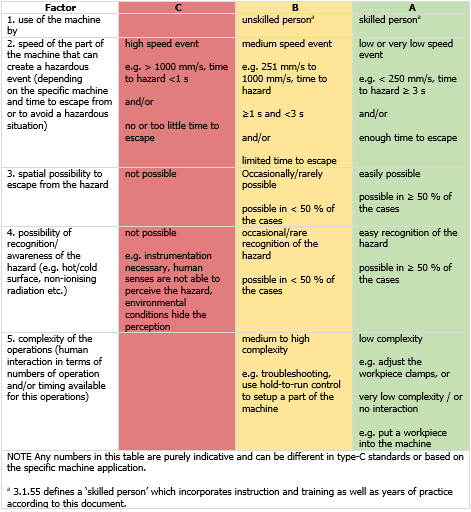
Table A.2 - Selection of parameter P1 or P2
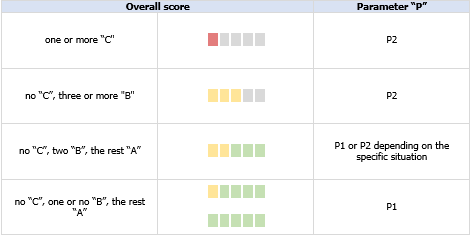
[...] segue in allegato
- Published: 08 April 2024
- Hits: 13702










